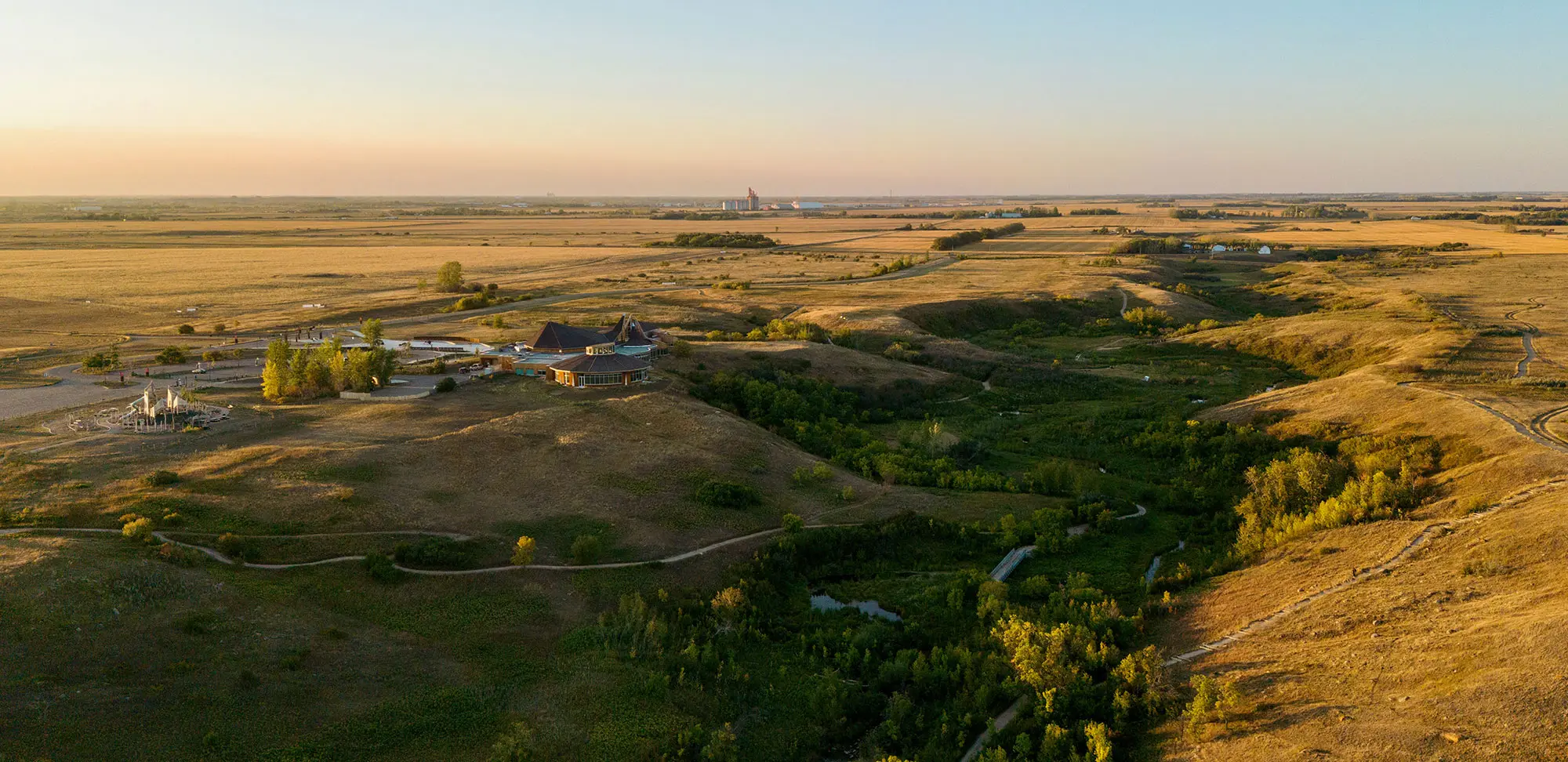Each summer, the RTOERO Board of Directors funds early-career practitioners to participate in research-based summer placements at the National Institute of Ageing as part of a five-year, $100,000 commitment. This is part two of a three-part series to introduce you to the 2023 RTOERO Summer Scholars. Meet Xalima Ali, a master’s student at the University of Toronto’s Munk School of Global Affairs & Public Policy specializing in health policy.
Promises are made every election, and often it seems that politicians are courting older adults. But elections are about getting elected, so brokering to older adults strategically makes sense. According to Statistics Canada, voter turnout increases with age — 83 per cent of 65- to 74-year-olds voted in the 2021 federal election. But do the promises made to older adults during elections ultimately turn into policy?
Not always, and not fast enough.
That’s what Xalima Ali, a 2023 RTOERO Summer Scholar at the National Institute on Ageing (NIA), uncovered as she did a jurisdictional scan of pledges across Canada for home care, healthcare and long-term care. However, completing the scan was more challenging than she expected. “These things should be much easier to find, especially for the public. You should know how much money is being given to older adults or older adults with disabilities,” Ali says. “Even that was a learning experience — just seeing how difficult it is to find this information.”
After Ali had the financial information, it became clear that the ageist perception that older adults are “taking all the money” or are prioritized post-election is inaccurate.
“There’s a disparity between campaign promises and the allocation of funds,” Ali explains. “And no wonder things take so long: I was going through the budget plans, and they were five-year plans, 10-year plans.” And, of course, we know the government can change in that time.
The jurisdictional scan helped to inform the NIA’s report Enabling a More Promising Future for Long-Term Care in Canada, a third and final report in the NIA series outlining a road map for more sustainable, affordable and equitable long-term care systems. The report highlights challenges, including the mismatch between Canada’s aging population and appropriate funding for care for older adults. It points out that Canada spends less of its gross domestic product on long-term care than other countries that are part of the Organisation for Economic Co-operation and Development (OECD). And the portion of spending allocated to home and community care is trailing other countries, too: In 2019, 18 per cent was allocated to home and community care, compared to the OECD average of 36 per cent.
Until completing the placement, Ali hadn’t considered working at a think tank like the NIA as a possible career option, but that door has been opened now. She learned about the RTOERO Summer Scholar program while completing her undergraduate degree in health sciences with a gerontology minor at the University of Waterloo. She had just applied for the master’s program in public policy when one of her professors shared the opportunity — it seemed meant to be.
Beyond the jurisdictional scan, she spent a good portion of the summer researching home-care supports for immigrant older adults in Canada to inform another NIA report. That topic was personal for Ali, whose parents and grandparents emigrated to Canada from Somalia.
“It’s very easy to categorize immigrants into one group, but there are cultural differences within the population,” Ali explains. “Current policies don’t consider the diversity within the immigrant population, which can lead to more barriers.”
Providing more customized, individualized options that help older adults maintain independence can prevent people from having to move to an institution prematurely — a win-win-win since home-care supports are more cost-effective, long-term care homes are overburdened, and most Canadians, 96 per cent, want to avoid going to a long-term care home.
Ali also conducted a literature review focused on veterans’ experiences of aging in Canada, which challenged her previous assumptions about the financial security of veterans.
“Overall, each project I contributed to highlighted the systemic underservice of older adults within the Canadian health and social systems, a situation exacerbated for Black, Indigenous, racialized and 2SLGBTQIA+ populations, especially when these identities intersect,” Ali says. She says that sustained advocacy is needed to ensure equitable support for older adults to foster our independence and well-being as we age. The NIA’s reports can help, as well as the work of RTOERO and its members and partners to advocate with all levels of government.
As we gear up for the provincial and territorial elections in 2024 and 2025 and the federal election in 2025, remember that it’s unwise to trust that promises will become policy, even if they excite us about the possibility of change. We must keep the pressure on to create a system that allows everyone to age with dignity.








